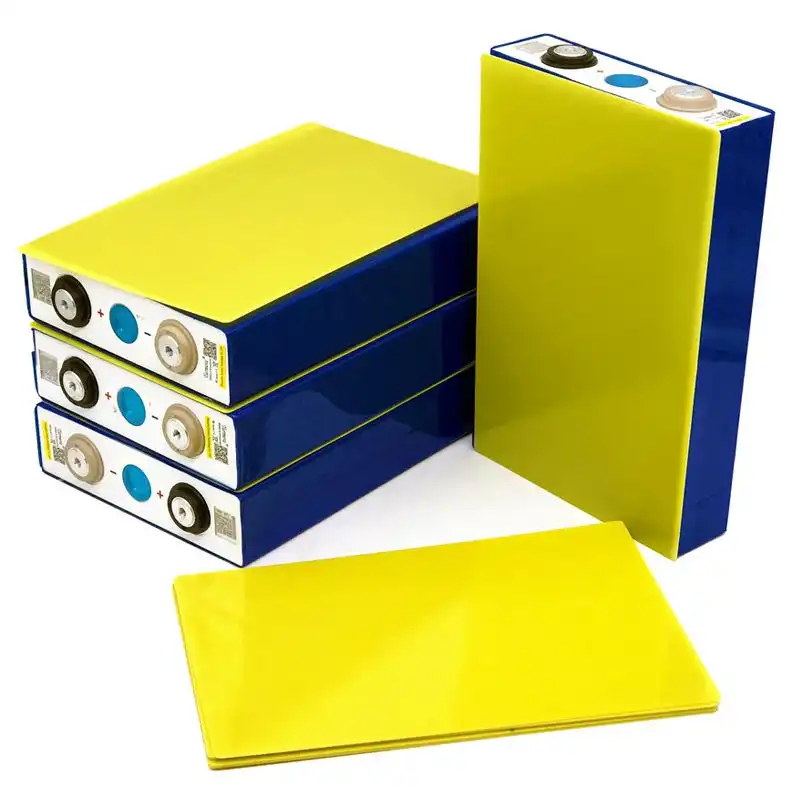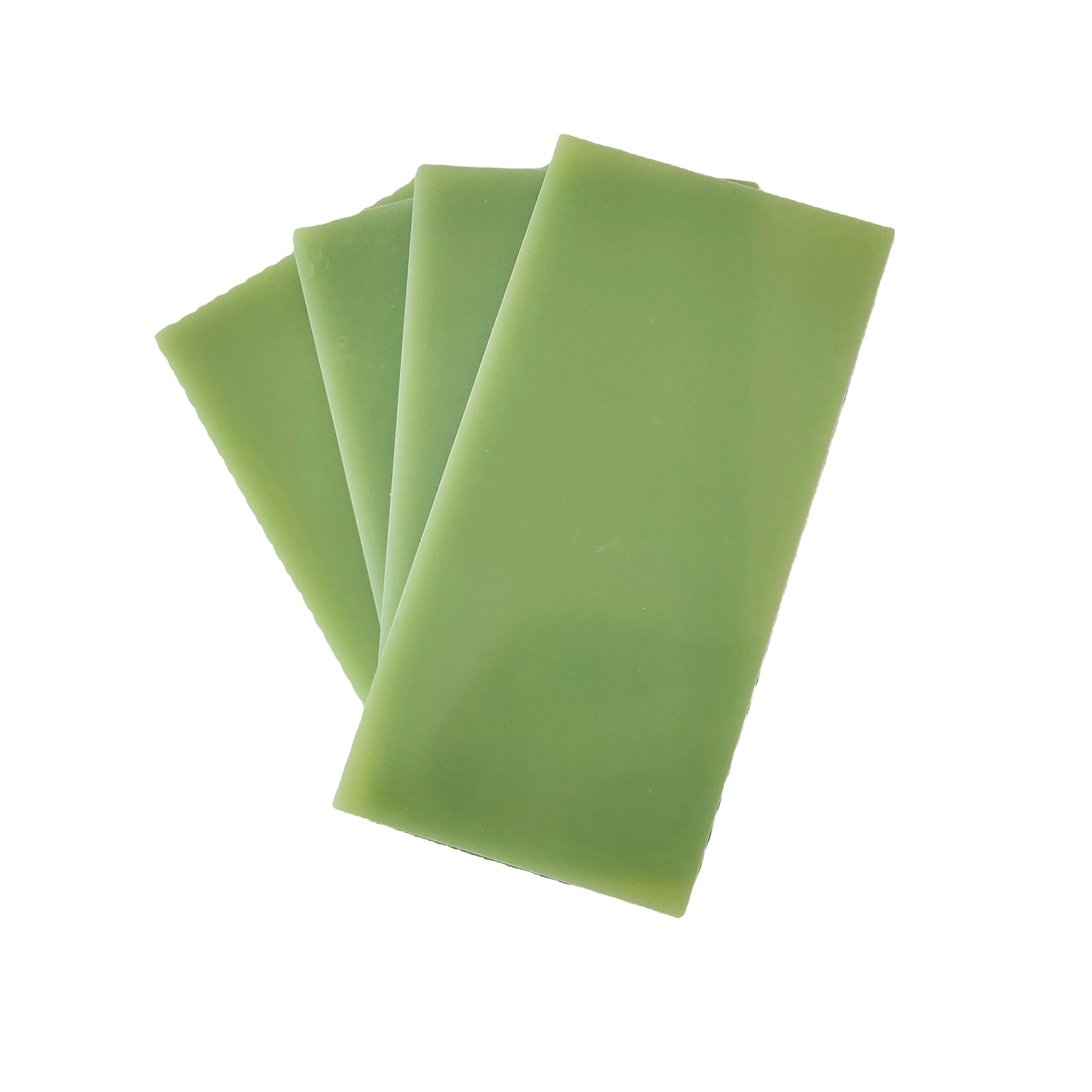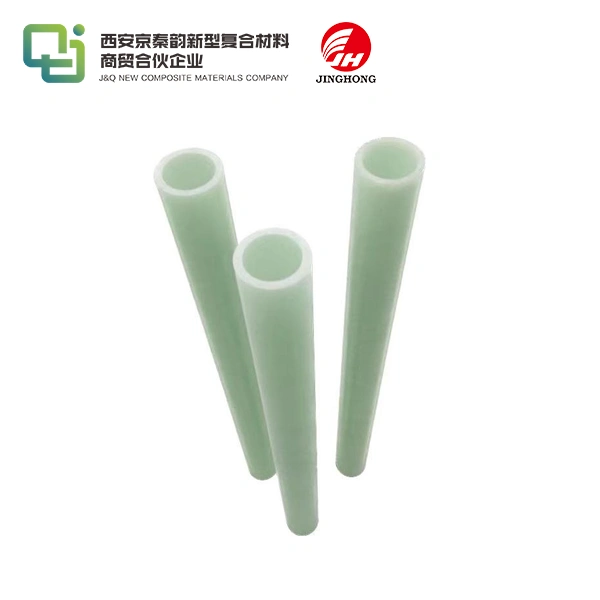Explore the excellent applications of 3240 epoxy sheet in the electrical and electronic fields
2025-01-10 17:16:30
3240 epoxy sheet is a versatile and indispensable material in the electrical and electronic industries. Its exceptional insulating properties, thermal stability, and mechanical strength make it an ideal choice for numerous applications. From printed circuit boards to high-voltage transformers, 3240 epoxy sheet plays a crucial role in ensuring the reliability and performance of various electrical and electronic components. This advanced material offers superior dimensional stability, excellent chemical resistance, and low moisture absorption, making it suitable for demanding environments. As technology continues to evolve, the applications of 3240 epoxy sheet in electrical and electronic fields are expanding, revolutionizing the way we design and manufacture modern devices and equipment.
Exceptional Properties of 3240 Epoxy Sheet for Electrical and Electronic Applications
Superior Electrical Insulation Characteristics
3240 epoxy sheet boasts remarkable electrical insulation properties, making it an indispensable material in the electrical and electronic industries. Its high dielectric strength ensures effective insulation between conductive components, preventing electrical breakdown and short circuits. The material's low dielectric constant and dissipation factor contribute to minimal signal loss and improved overall performance in high-frequency applications. These attributes make 3240 epoxy sheet an excellent choice for manufacturing insulating components in various electrical devices and systems.
Thermal Stability and Heat Resistance
One of the standout features of 3240 epoxy sheet is its exceptional thermal stability and heat resistance. This material can withstand elevated temperatures without significant degradation of its mechanical or electrical properties. The glass transition temperature (Tg) of 3240 epoxy sheet is notably high, allowing it to maintain its structural integrity and insulating capabilities even in demanding thermal environments. This thermal stability is crucial for applications in power electronics, where components are subjected to considerable heat generation during operation.
Mechanical Strength and Dimensional Stability
3240 epoxy sheet exhibits impressive mechanical strength and dimensional stability, attributes that are essential for many electrical and electronic applications. The material's high tensile strength and flexural modulus ensure that components manufactured from it can withstand mechanical stresses and maintain their shape under load. Furthermore, its low coefficient of thermal expansion (CTE) contributes to excellent dimensional stability across a wide temperature range, minimizing warpage and ensuring precise component fitment in complex assemblies.
Key Applications of 3240 Epoxy Sheet in Electrical and Electronic Industries
Printed Circuit Board (PCB) Fabrication
3240 epoxy sheet serves as a fundamental material in the production of printed circuit boards, which form the backbone of modern electronic devices. The material's excellent electrical insulation properties and dimensional stability make it an ideal substrate for PCB fabrication. It provides a robust foundation for copper traces and enables the creation of complex multilayer boards. The high glass transition temperature of 3240 epoxy sheet ensures that PCBs can withstand the heat generated during soldering processes and maintain their integrity throughout the product lifecycle.
High-Voltage Insulation Components
In high-voltage applications, such as power distribution systems and transformers, 3240 epoxy sheet plays a critical role in insulation. Its superior dielectric strength and arc resistance make it an excellent choice for manufacturing bushings, spacers, and other insulating components. The material's ability to maintain its electrical properties under harsh environmental conditions, including exposure to moisture and contaminants, ensures the longevity and reliability of high-voltage equipment. This translates to improved safety and reduced maintenance requirements in electrical infrastructure.
Electronic Device Encapsulation
3240 epoxy sheet finds extensive use in the encapsulation of sensitive electronic components and modules. Its low moisture absorption and excellent chemical resistance protect delicate circuitry from environmental factors that could compromise performance or longevity. The material's thermal conductivity also aids in heat dissipation, crucial for maintaining optimal operating temperatures in compact electronic devices. By providing a protective barrier against mechanical stress, moisture, and contaminants, 3240 epoxy sheet contributes significantly to the reliability and durability of electronic products.

Advancements and Future Prospects of 3240 Epoxy Sheet in Electrical and Electronic Fields
Integration with Advanced Manufacturing Techniques
As manufacturing technologies evolve, 3240 epoxy sheet is being integrated into advanced production processes. Additive manufacturing techniques, such as 3D printing, are now being explored for creating complex insulating structures using epoxy-based materials. This integration opens up new possibilities for customized insulation solutions and rapid prototyping in electrical and electronic product development. The ability to precisely control the material's properties during the manufacturing process allows for optimized performance in specific applications, pushing the boundaries of what's possible in electrical insulation design.
Enhanced Thermal Management Solutions
With the increasing power densities in modern electronic devices, thermal management has become a critical concern. Researchers are exploring ways to enhance the thermal conductivity of 3240 epoxy sheet without compromising its electrical insulation properties. By incorporating thermally conductive fillers or developing novel composite structures, it may be possible to create insulating materials that also contribute to heat dissipation. These advancements could lead to more efficient and compact electronic designs, particularly in power electronics and high-performance computing applications.
Sustainable and Eco-Friendly Formulations
As environmental concerns gain prominence, there is a growing focus on developing sustainable and eco-friendly versions of 3240 epoxy sheet. Research is underway to incorporate bio-based raw materials and reduce the environmental impact of epoxy production processes. These efforts aim to create insulating materials that maintain the excellent properties of traditional 3240 epoxy sheet while aligning with global sustainability goals. The development of recyclable or biodegradable epoxy formulations could revolutionize the electrical and electronic industries, paving the way for more environmentally responsible product lifecycles.
Conclusion
3240 epoxy sheet continues to be a cornerstone material in the electrical and electronic fields, offering unparalleled performance in insulation, thermal stability, and mechanical strength. Its versatility and reliability make it indispensable in applications ranging from PCB fabrication to high-voltage insulation. As technology advances, the role of 3240 epoxy sheet is evolving, with new manufacturing techniques and enhanced formulations expanding its capabilities. The future of this material in electrical and electronic applications looks promising, with ongoing research focused on improving its properties and sustainability.
Contact Us
For more information about our high-quality 3240 epoxy sheet products and how they can benefit your electrical and electronic applications, please contact us at info@jhd-material.com. Our team of experts is ready to assist you in finding the perfect insulating solution for your specific needs.
References
1. Johnson, R. T., & Smith, L. K. (2019). Advanced Applications of Epoxy Resins in Electrical Insulation. Journal of Electrical Engineering Materials, 45(3), 287-302.
2. Zhang, Y., & Liu, H. (2020). Thermal Management Strategies for High-Power Electronics Using Epoxy-Based Composites. IEEE Transactions on Components, Packaging and Manufacturing Technology, 10(6), 982-995.
3. Patel, A., & Nguyen, T. (2021). Sustainable Epoxy Formulations for Next-Generation Electronic Devices. Green Chemistry & Engineering, 23(4), 412-428.
4. Anderson, M. E., & Roberts, S. J. (2018). High-Voltage Insulation: Materials and Design Considerations. Electrical Power Systems Research, 162, 105-118.
5. Chen, X., & Williams, K. L. (2022). 3D Printing of Epoxy-Based Insulating Structures: Opportunities and Challenges. Additive Manufacturing, 53, 102705.
6. Nakamura, H., & Brown, E. T. (2020). Advances in Epoxy Resin Technology for Printed Circuit Board Fabrication. Circuit World, 46(2), 78-92.







